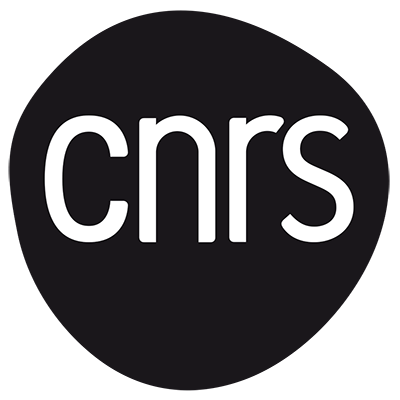Frédérique Magdinier, PhD, MMG, Marseille
-
On 14 November 2019Institut de Recherche en Santé - 8 quai Moncousu - Nantes
Amphithéâtre Denis Escandefalse false -
15h
Facio Scapulo Humeral Dystrophy, a complex locus with intriguing epigenetic regulations
Facio Scapulo Humeral Dystrophy, a complex locus with intriguing epigenetic regulations
Frédérique Magdinier, PhD, invited by Sandra Mercier (Eq Émergente)
Directrice adjointe
Marseille Medical Genetics
Aix Marseille Université, INSERM U1251
Equipe “épigénétique, chromatine et modélisation des pathologies
Faculté des sciences médicales et paramédicales de la Timone, Marseille
ABSTRACT
Facio-Scapulo-Humeral Dystrophy (FSHD) is one of the most frequent genetic neuromuscular defects. This autosomic dominant disease is linked to the subtelomeric 4q35 locus where, in 95% of FSHD cases (type 1 FSHD), the disease involves a reduction in the number of D4Z4 macrosatellite. In 5% of patients, this D4Z4 array shortening is not observed and approximately 80% of them are carrier of a variant in the SMCHD1 gene, encoding a chromatin-associated factor. In FSHD1 and FSHD2, a decrease in D4Z4 DNA methylation is observed and the current model for the FSHD pathogenesis associates D4Z4 chromatin relaxation with transcriptional activation and production of the DUX4 transcription factor encoded by the repeat. Interestingly, SMCHD1 is also mutated in Bosma Arhinia and Microphtalmia syndrome, a rare developmental disease characterized by the absence of a nose, the absence of muscular dystrophy but D4Z4 hypomethylation and DUX4 expression.
By exploring the 4q35 locus in a large cohort of >1000 individuals by Molecular Combing, we have recently identified the existence of new complex rearrangements of the 4q35 region in approximately 8% of cases. Our exploration of large groups of patients has shown that there is no systematic correlation between SMCHD1 variation, D4Z4 hypomethylation and the presence of clinical signs of the disease. Overall, our recent results raise new questions on the molecular diagnosis of the disease, the subsequent genetic counseling, particularly in the context of FSHD2 and force the revisiting of the molecular mechanisms currently proposed as the main cause of the disease.
BIOGRAPHY
F. Magdinier obtained her PhD in Human Genetics from Lyon 1 University on the implication of DNA methylation in the transcriptional regulation of the Breast Cancer gene, BRCA1. She then pursued her scientific career as a post-doctoral fellow at the National Institute of Health in the US, first in the laboratory of Alan P. Wolffe and then with Gary Felsenfeld where she developed her skills in the field of epigenetics and chromatin regulation. She was recruited as a Research Associate at INSERM in the team led by Prof. Eric Gilson at ENS Lyon in 2003. She became research director (DR2 INSERM in 2009) and joined the Laboratory of Medical Genetics and Functional Genomics in 2010 as a team leader. Her work mainly focuses on the exploration of epigenetic modifications in rare genetic diseases by investigating different aspects of epigenetic regulations, DNA methylation, histone modification, nuclear topology and disease modeling through the use of pluripotent stem cells.





